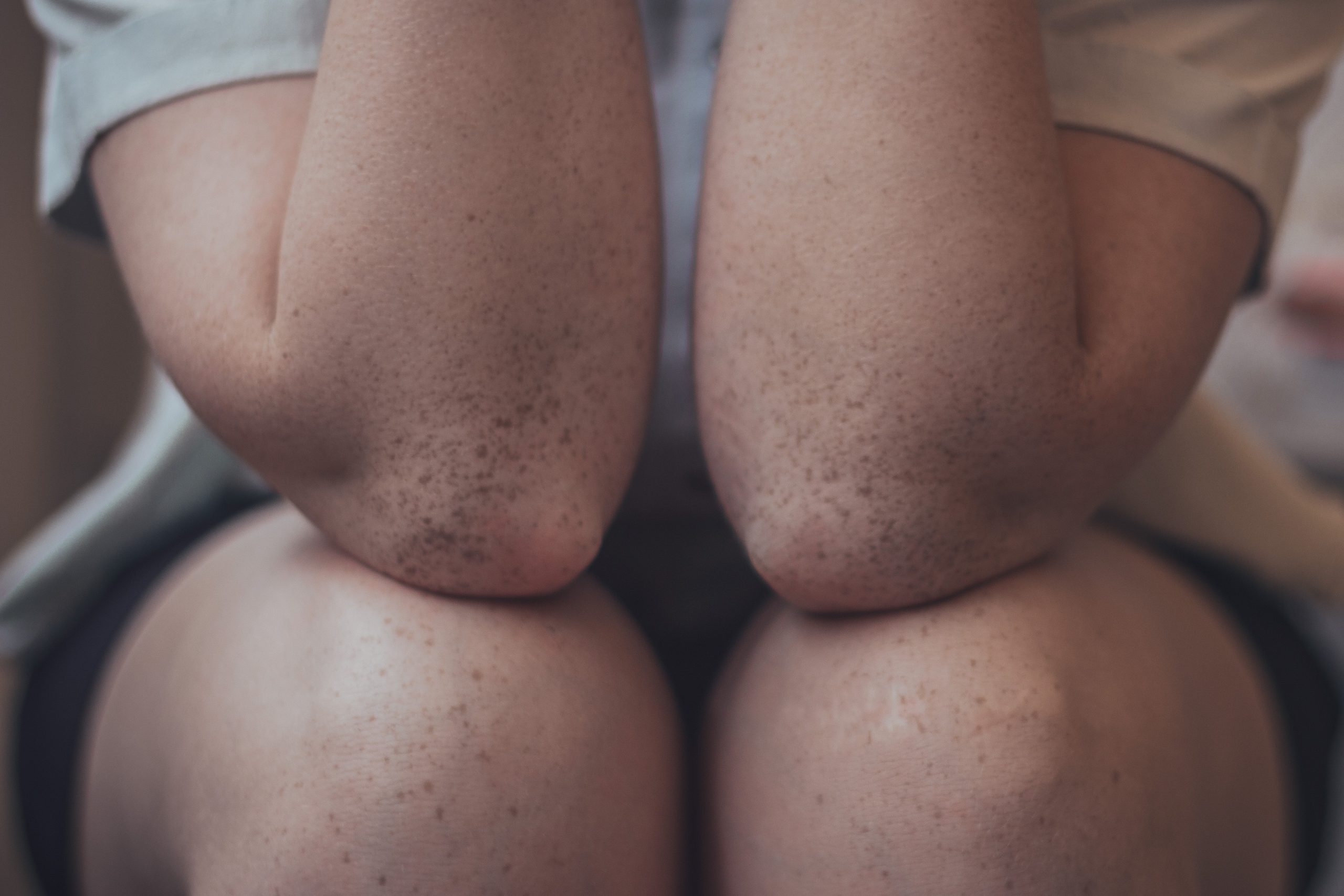Elbow pain is often due to one of two conditions – golfers’ elbow or tennis elbow. Our osteopaths are trained in ‘differential diagnosis’, meaning that they will assess and accurately identify the cause of pain. They will take a complete case history to enable them to accurately diagnose the condition and create a treatment plan. This blog explains how osteopathy for tennis elbow can help relieve pain and discomfort.
What causes Tennis Elbow?
Tennis elbow or Lateral Epicondylitis is a repetitive strain injury caused by overuse of the muscles in the forearm. It can arise from wear and tear as a result of any hobby or activity. The name ‘tennis elbow’ is given because it can be caused by the repeated backhand swing of a tennis player.
The initial injury may be triggered by a sudden unexpected movement and exacerbated by continued use during daily activities. In some cases, tennis elbow results because there is already a weakness in the neck, wrist or shoulder. Sometimes, poor posture is to blame. Other causes include nerve injury or tightness of the joints in the neck, upper back and shoulder.
What are the symptoms of Tennis Elbow?
Pain or tenderness flares on using hand tools, or during other day-to-day activities involving the forearm. It is often felt on the outside of the elbow (lateral epicondyle) and radiates into the upper forearm and sometimes into the fingers. The onset of pain may be gradual.
How does osteopathy help with Tennis Elbow?
Osteopaths use a range of techniques to help with recovery from tennis elbow, including
• Soft tissue massage
• Manipulation
• Stretches
• Muscle energy techniques
Practitioners may also offer tailored advice on activities and movements to avoid, as well as gentle exercise to speed recovery, or brace support for the elbow. The aim of osteopathic treatment is to offer full recovery from tennis elbow, taking the whole body into account.
Although recovery sometimes occurs without treatment, osteopathy for tennis elbow will speed recovery and reduce the risk of recurrence of the injury whilst restoring full mobility to the arm. It is non-invasive and does not involve the use of drugs or surgery, although in some cases a referral may be made to a GP.
Don’t suffer with tennis elbow alone. Reach out to Jonathan or George at our Honiton clinic for an accurate diagnosis and treatment plan!

